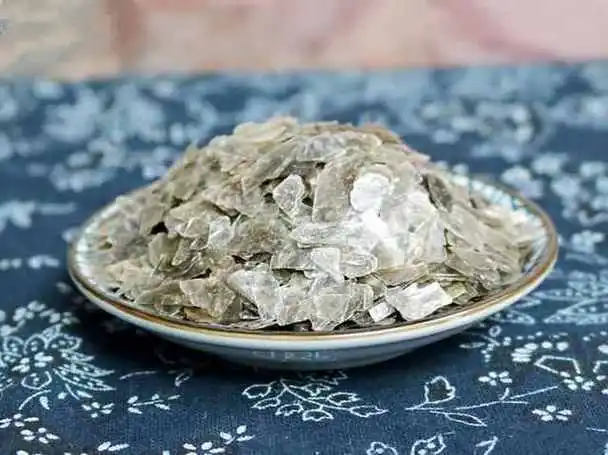
Exploring the Benefits of Mica Powder for Soap Makers and Crafting Unique Soaps
Mica Powder for Soap Manufacturers A Sparkling Choice
Mica powder has become a staple in the world of soap manufacturing, offering a vibrant array of colors and an impressive finish that elevates soap products to new aesthetic heights. This naturally occurring mineral is known for its shimmering, pearlescent qualities, making it an ideal ingredient for artisans looking to create eye-catching, handmade soaps. In this article, we will explore the benefits of using mica powder in soap production, its application in various soap-making processes, and tips for selecting the right mica powders for your soap creations.
The Benefits of Using Mica Powder in Soap
1. Aesthetic Appeal The most significant advantage of mica powder is its ability to add vivid colors and an alluring shimmer to soap. Available in a wide spectrum of hues, from traditional bright shades to metallic and shimmering options, mica powder can help soap makers achieve the desired look for their products, enhancing shelf appeal and consumer interest.
2. Non-Toxic and Skin-Safe Mica is a natural mineral that conforms to high standards of safety, making it suitable for cosmetic use. Unlike many synthetic dyes, mica powder does not contain harmful chemicals, ensuring the soaps made with it are safe for skin contact. This quality is especially important for manufacturers who market their products as organic or eco-friendly.
3. Versatility Mica powder can be used in various soap-making techniques, including cold process, hot process, and melt-and-pour methods. This versatility enables soap makers to experiment with different applications, ensuring that they can achieve the desired visual effects irrespective of their preferred soap-making technique.
4. Easy to Use Mica powders are user-friendly, as they can be easily incorporated into soap mixtures. A small amount goes a long way in achieving vibrant colors, making it a cost-effective choice for manufacturers. Furthermore, unlike liquid dyes, mica powders don’t alter the texture or consistency of the soap, allowing for consistent results.
Application in Soap Making
When using mica powder in soap manufacturing, the application method will depend on the soap-making process being employed.
mica powder for soap manufacturers

- Cold Process Soap For cold process soap, mica powder can be mixed with oils before incorporating it into the lye solution. This prevents clumping and ensures even distribution throughout the soap. Alternatively, mica can be sprinkled on top of the soap before it hardens to create a decorative finish.
- Hot Process Soap In hot process soap making, mica powder can be added once the soap has cooked and cooled down slightly but before pouring it into molds
. This method allows for a vibrant color payoff as the mica interacts with the hot soap mixture.- Melt-and-Pour Soap Mica powder can be added directly to the melted soap base. Stir it in thoroughly to avoid any streaks and achieve a uniform color. The transparency of the melt-and-pour method allows the shimmering effects of mica to stand out brilliantly.
Selecting the Right Mica Powder
When choosing mica powders, soap manufacturers should consider the following
1. Quality Always source mica powders from reputable suppliers to ensure they are cosmetic grade and free from harmful additives. Look for products that provide detailed information about their composition and safety standards.
2. Color Variety Explore suppliers that offer a broad range of colors, including natural and synthetic options. This will enable you to find the perfect shade for your desired soap aesthetic.
3. Texture The particle size of the mica powder can affect the finish of the soap. Finer powders provide a smoother appearance, while coarser textures can create a more pronounced shimmer. Experiment with different textures to achieve the effects you desire.
In conclusion, mica powder is an invaluable ingredient for soap manufacturers, enhancing visual appeal while ensuring safety and versatility in application. By selecting high-quality mica powders, soap creators can craft stunning and unique products that stand out in a competitive marketplace.
Share
-
Premium Pigment Supplier Custom Solutions & Bulk OrdersNewsMay.30,2025
-
Top China Slag Fly Ash Manufacturer OEM Factory SolutionsNewsMay.30,2025
-
Natural Lava Rock & Pumice for Landscaping Durable Volcanic SolutionsNewsMay.30,2025
-
Custom Micro Silica Fume Powder Manufacturers High-Purity SolutionsNewsMay.29,2025
-
Custom Mica Powder Pigment Manufacturers Vibrant Colors & Bulk OrdersNewsMay.29,2025
-
Custom Micro Silica Fume Powder Manufacturers Premium QualityNewsMay.29,2025






